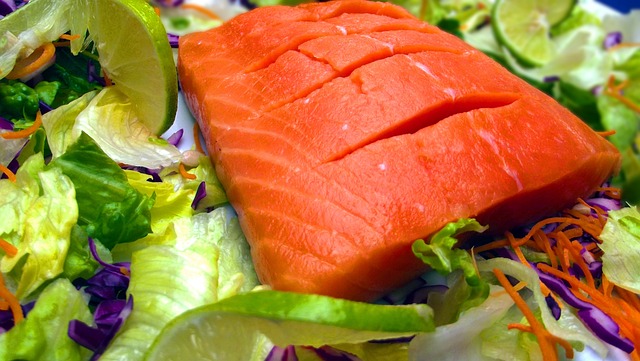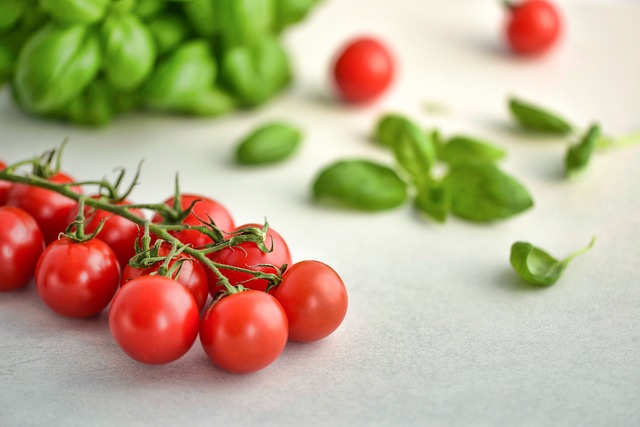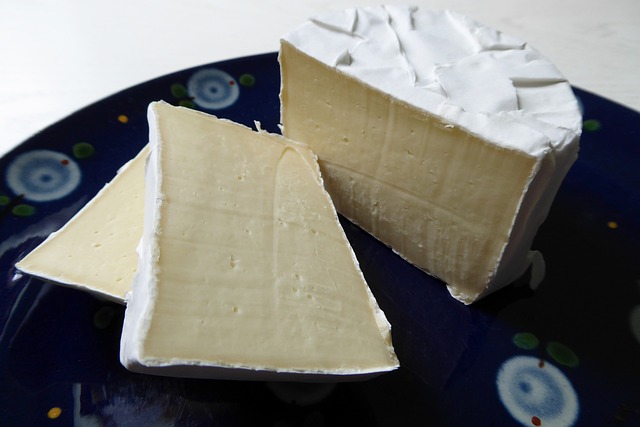The paleo diet is intended to return your meals to caveman times. You’ll pile your plate high with meat, seafood, veggies, nuts, and fruit while avoiding grains, dairy, and legumes.
There are various advantages to switching from a Western diet strong in packaged convenience foods to a paleo diet based on home cooking and unprocessed foods. You could lose weight while also improving your heart health.
However, eliminating numerous food groups may not be a healthy option for everyone. The diet is also expensive and time-consuming. These variables can make sticking to the paleo diet difficult in the long run.
PROS
Benefits of Nutrient-Dense Foods
It’s only natural that when less-nutritious foods are banned, you’ll seek out healthier alternatives to satisfy your hunger.
The paleo diet emphasizes a variety of nutrient-dense foods, including:
- Vegetables – provide high in vitamins, minerals, and fiber.
- Fruits – provide a naturally sweet delight while also being high in phytochemicals.
- Nuts – provide you with nutritious, satiating fats.
- Seafood – provide omega-3 fatty acids and protein.


Weight Control
The paleo diet, like any other form of diet, can likely lead to weight loss if there is an overall calorie deficit. Evidence suggests that following a paleo diet reduces body weight, waist circumference, and BMI.
Surprisingly, an observational study released in 2019 discovered that those who followed a paleo diet had a higher BMI and incidences of obesity than other persons. These variations are most likely related to the study’s design.
Those who follow particular paleo diet rules may lose weight in randomized controlled trials. For brief periods of time, they are given special guidelines.
In contrast, in observational studies, people just apply their view of the diet on their own, with no coaching. Some people may follow a less-than-ideal paleo diet, which could explain the weight discrepancies.
A short search on Pinterest, for example, yields several recipes for paleo-friendly brownies, cakes, cookies, and more. Despite the fact that they are produced with nut-based flour and honey rather than all-purpose flour and sugar, simply converting Western-style delights to paleo-friendly goodies is unlikely to result in weight loss if consumed in excess.
Cardiovascular Wellness
According to a 2019 meta-analysis published in Advances in Nutrition, the paleo diet lowers blood pressure, LDL cholesterol, and triglycerides.
However, the authors cautioned that this is based on a small number of research and that a few of them may have had skewed results, so it should be regarded with caution.
Longevity
Researchers discovered a lower risk of all-cause death, cancer mortality, and cardiovascular disease mortality in 2017 when they compared those whose diets most closely matched the qualities of a Paleo diet to those whose diets least closely resembled.
Bear in mind that this might easily be explained by the groups having a higher overall diet quality. Undoubtedly, a group that eats more veggies and less processed foods will certainly have better health outcomes – whether they follow a Paleo diet or not – than a group that eats less produce and a lot of processed foods.
Potential Advantages for Multiple Sclerosis Patients?
For people with multiple sclerosis, a modified Paleo diet has been widely suggested. The modified version adheres to many paleo principles, including the exclusion of most grains and dairy.
This version, however, emphasizes eating nine servings of fruits and vegetables each day and advocates for a somewhat lower consumption of meat and fish.
A 2014 study indicated that when this adjusted diet was combined with supplements, muscle stimulation, exercise, and self-massage, it reduced tiredness and improved the quality of life in those with progressive MS.
The study wasn’t performed in a control group, it was only completed by 6 persons, and numerous treatments (diet, exercise, etc.) were undertaken at the same time, making it hard to isolate the influence of the diet.
A 2017 study focused primarily on the effects of a modified Paleo diet on those with relapsing-remitting MS. Despite the limited size of the trial; the Paleo group outperformed the control group in terms of fatigue and quality of life.
This data is undoubtedly restricted and should be viewed with caution – we can’t draw conclusions based on two tiny trials, and a restrictive diet always entails some risk. Perhaps, future research will look into whether a modified Paleo diet has real benefits for persons with MS.
Cons
Remove Food Groups
The paleo diet excludes major food groups such as grains and dairy, as well as other beneficial items such as beans, lentils, and peanuts.
Whilst you can still achieve your nutritional needs without these items, it will be more difficult. When you exclude dairy from your diet, for example, you must emphasize other calcium sources.
Furthermore, unless you have a medical cause to avoid these items (such as a food intolerance), there is no scientific proof that avoiding them enhances your health.
Uncertain Effect on the Gastrointestinal Microbiome
Altering your food can vary the species and quantity of beneficial bacteria in your digestive system, sometimes known as your gut microbiome.
Traditional hunter-gatherers, such as the Hadza tribe, were shown to have more microbial diversity than normal diet controls in studies. In theory, this appears to be a triumph for paleo advocates.
This population, however, is thought to take up to 100 grams of fiber per day – significantly less than individuals on the paleo diet do in our society today.
By removing whole grains from a paleo diet, people may find it more difficult to satisfy the current minimum daily fiber intake.
Moreover, a study published in 2019 found that switching to a gluten-free diet – one of the paleo diet’s pillars – lowered beneficial gut bacteria while increasing bad ones. Reducing fiber and polysaccharides from grains may be detrimental to our gut microbiome rather than beneficial.
There is a minor risk of iodine deficiency.
Though iodine shortage is uncommon in the United States, it can induce changes in thyroid hormones and the growth of a goiter.
Since the 1920s, table salt has been iodized to prevent these difficulties; nevertheless, some paleo advocates recommend that people utilize alternatives such as pink Himalayan salt, which contains less iodine.
The paleo diet also eliminates dairy products, which have abundant sources of iodine in the diet.

Extreme paleo adherents may be at risk of poor iodine intake, which can be countered by eating plenty of fish, shellfish, and sea vegetables.
Expensive and time-consuming
Because this diet foregoes prepackaged foods, you’ll have to prepare the majority of your meals from scratch. While this is a good habit, it does take some time. Food planning and preparation can assist with this.
Also, eliminating inexpensive staples like whole grains and beans may result in an increase in your food price.
Similarly, following stricter requirements for meat and fish (for example, grass-fed beef and wild-caught fish) can be significantly more expensive than normal alternatives.
Moreover, studies comparing Paleo diets to mainstream nutrition recommendations have indicated that this diet is more expensive to maintain.
To Conclude
The paleo diet, like any other diet that removes major food groups, can be difficult to maintain over time. You don’t want to miss out on birthday cake or Grandma’s amazing mashed potatoes at Thanksgiving, right?
Instead, adopt a modified version of this diet in which you embrace the healthy tenants – such as eating more fruit and reducing added sugar – but also give yourself some leeway to occasionally stray from severe eliminations. This may be a more viable (and fun) path to take for the rest of your life.

